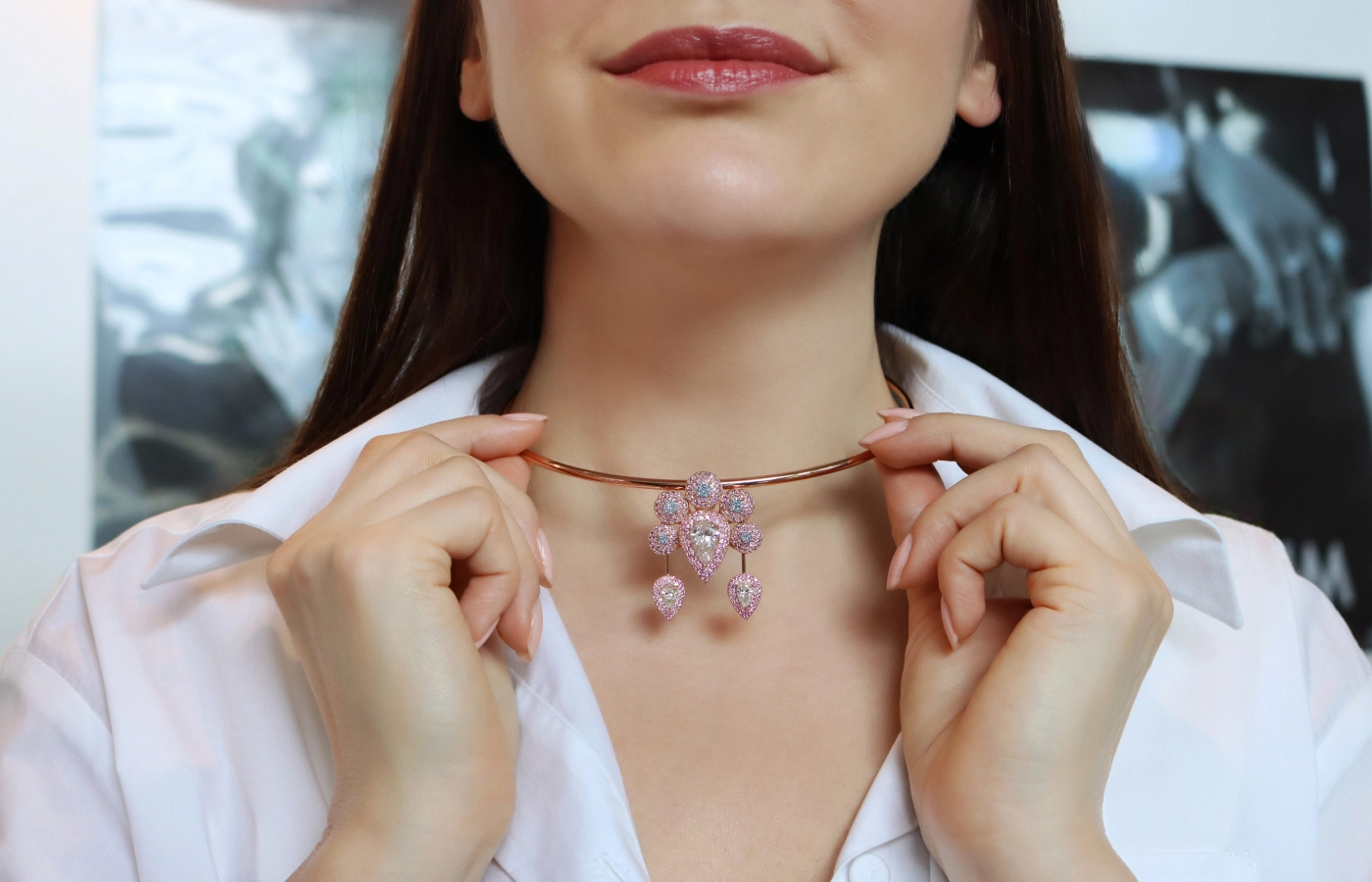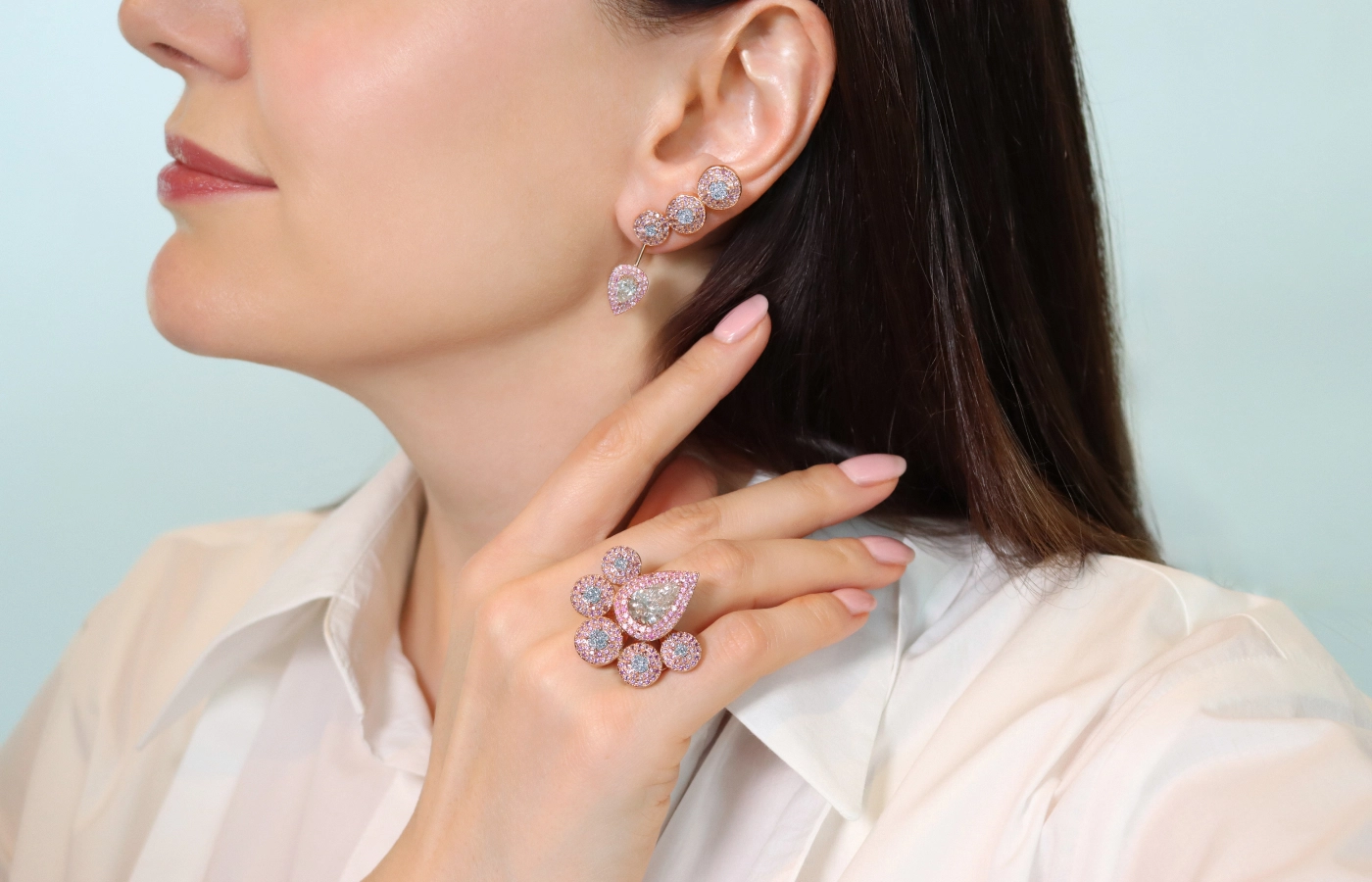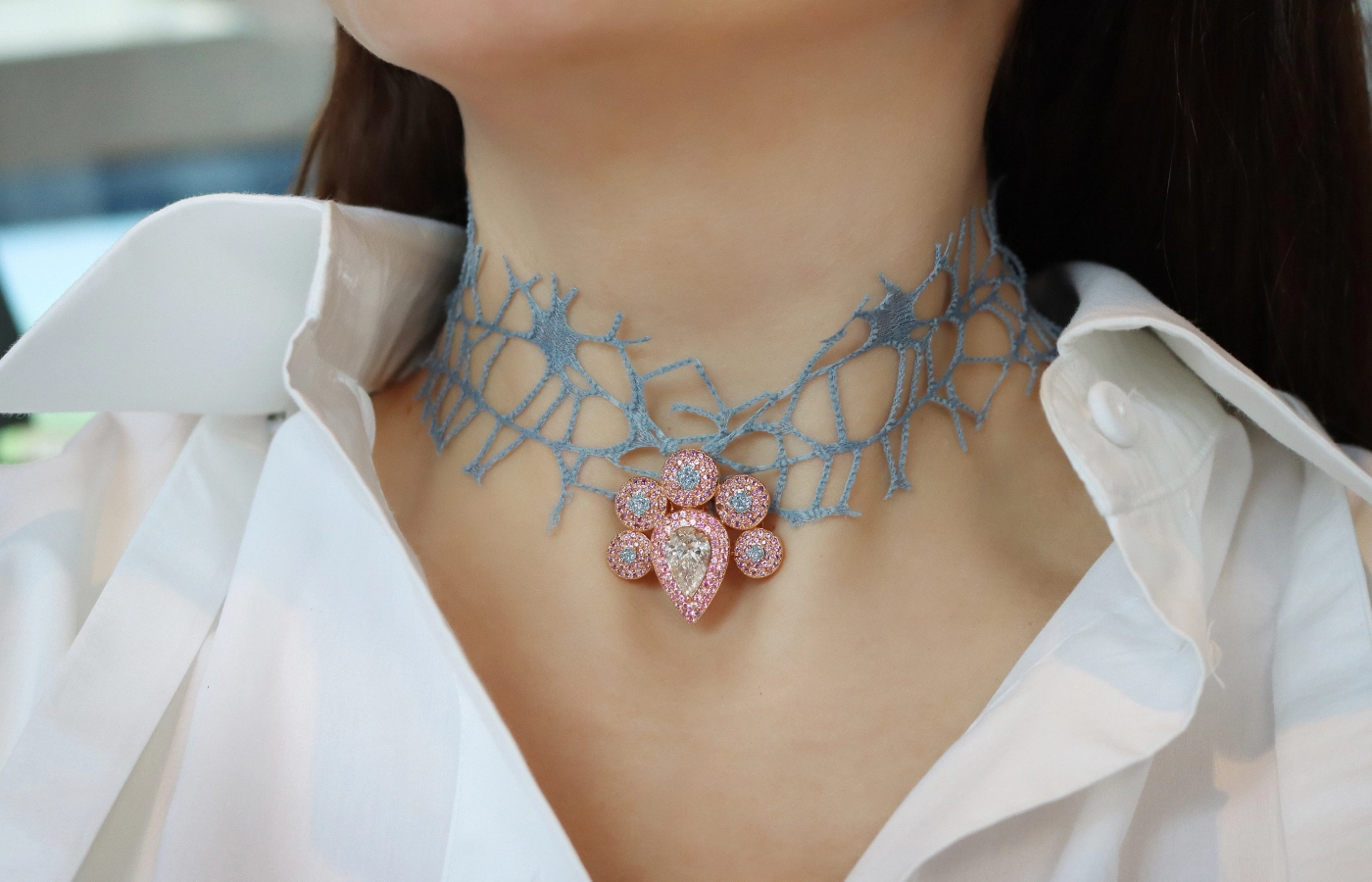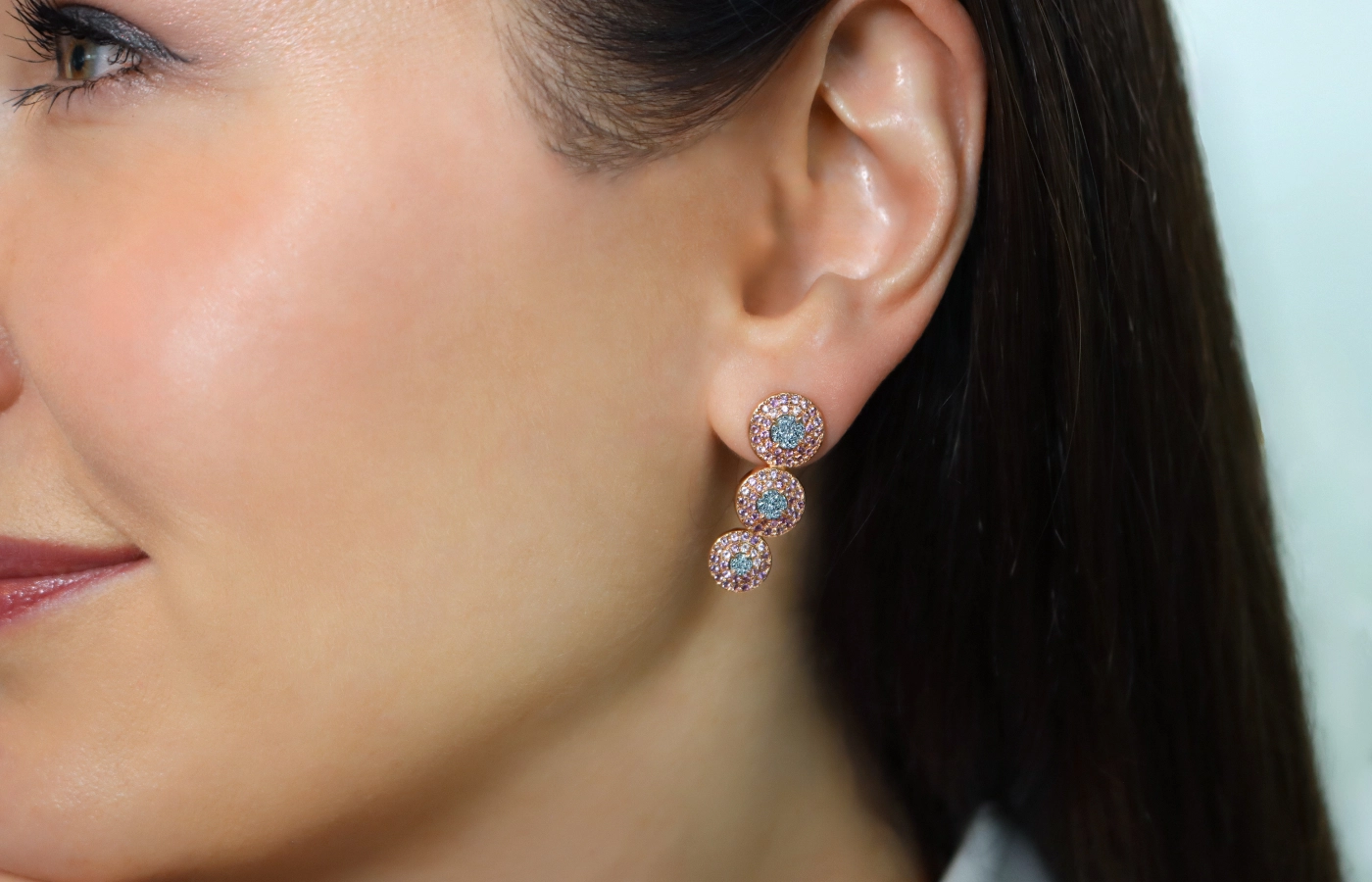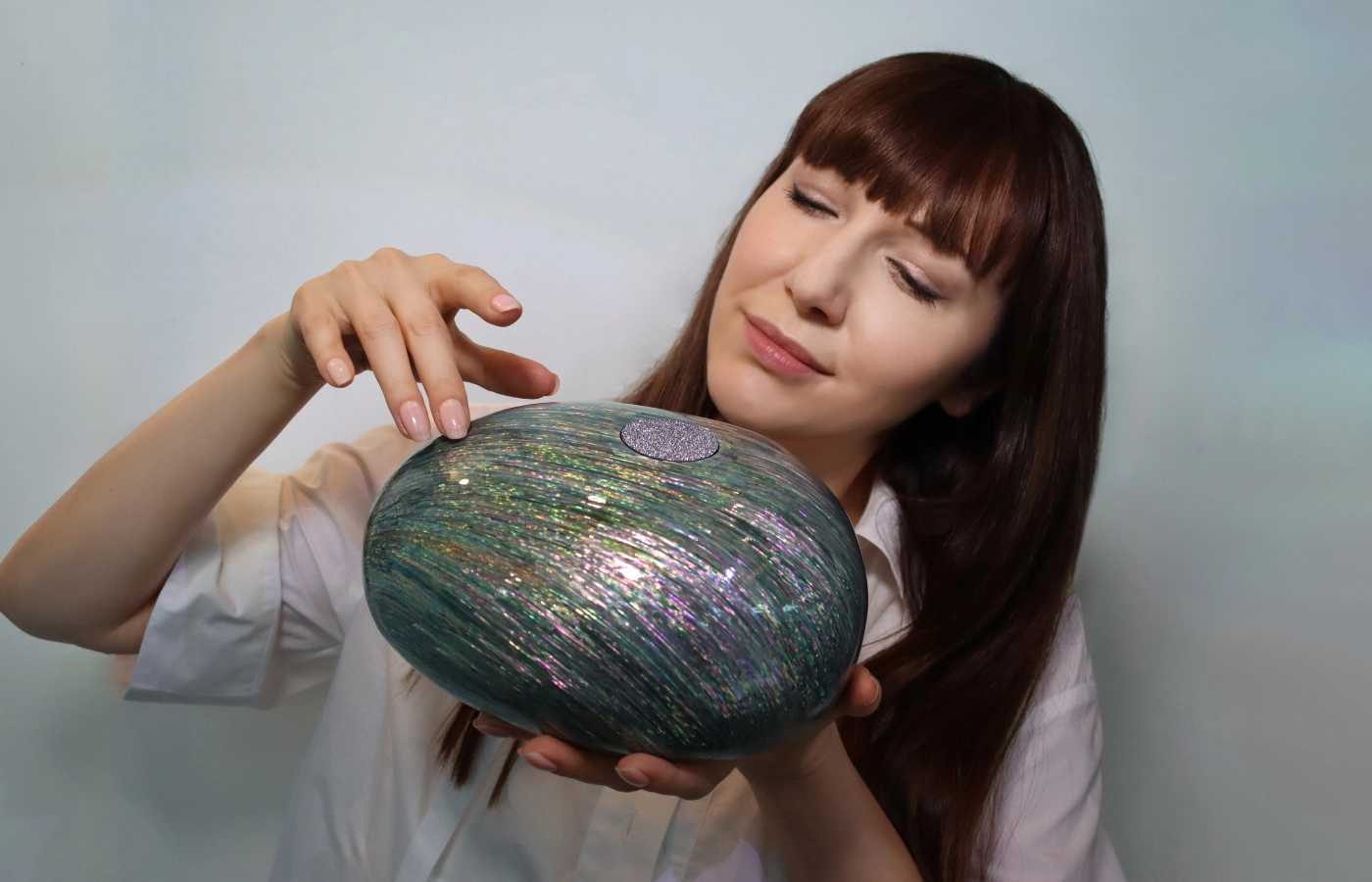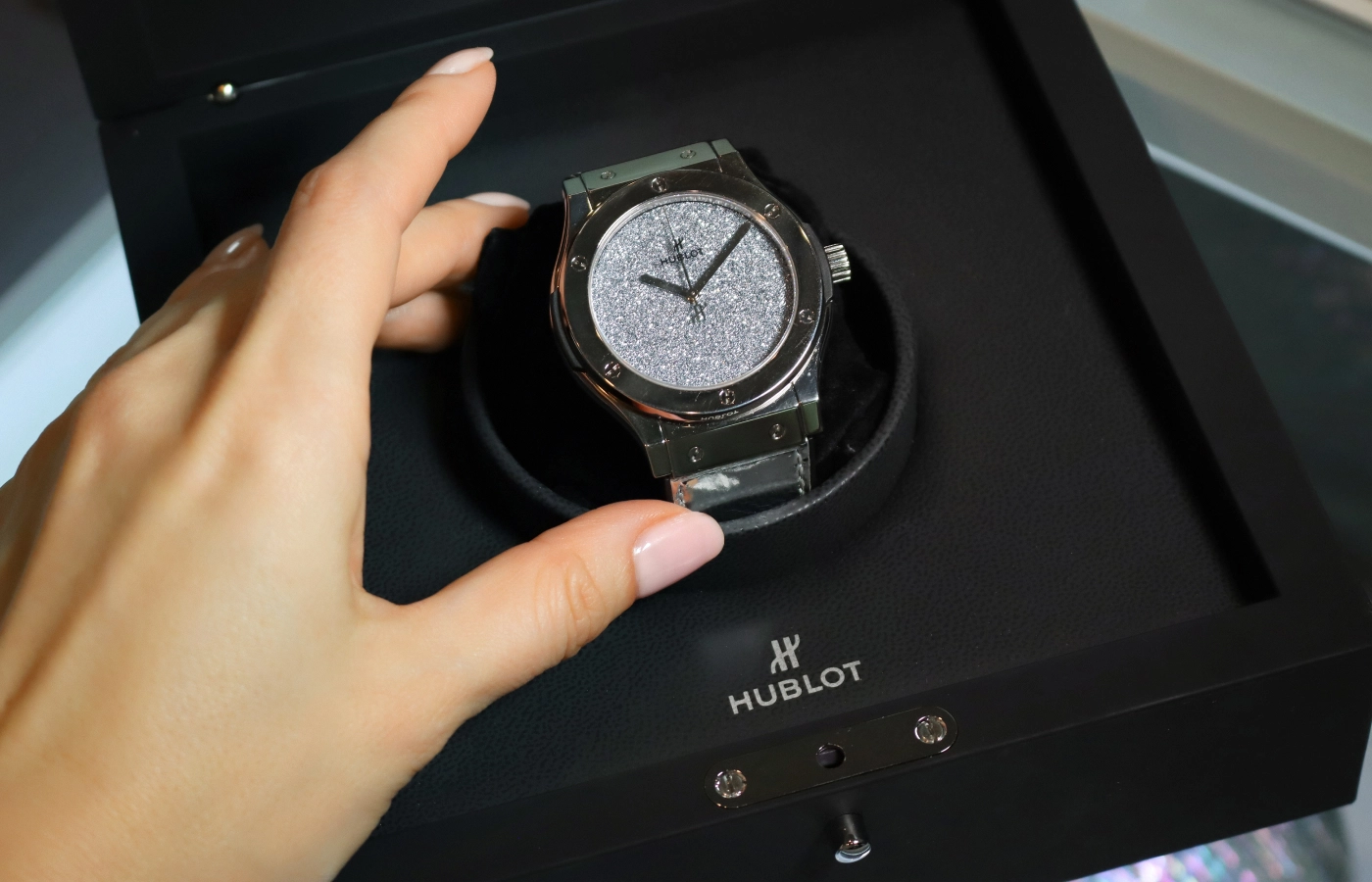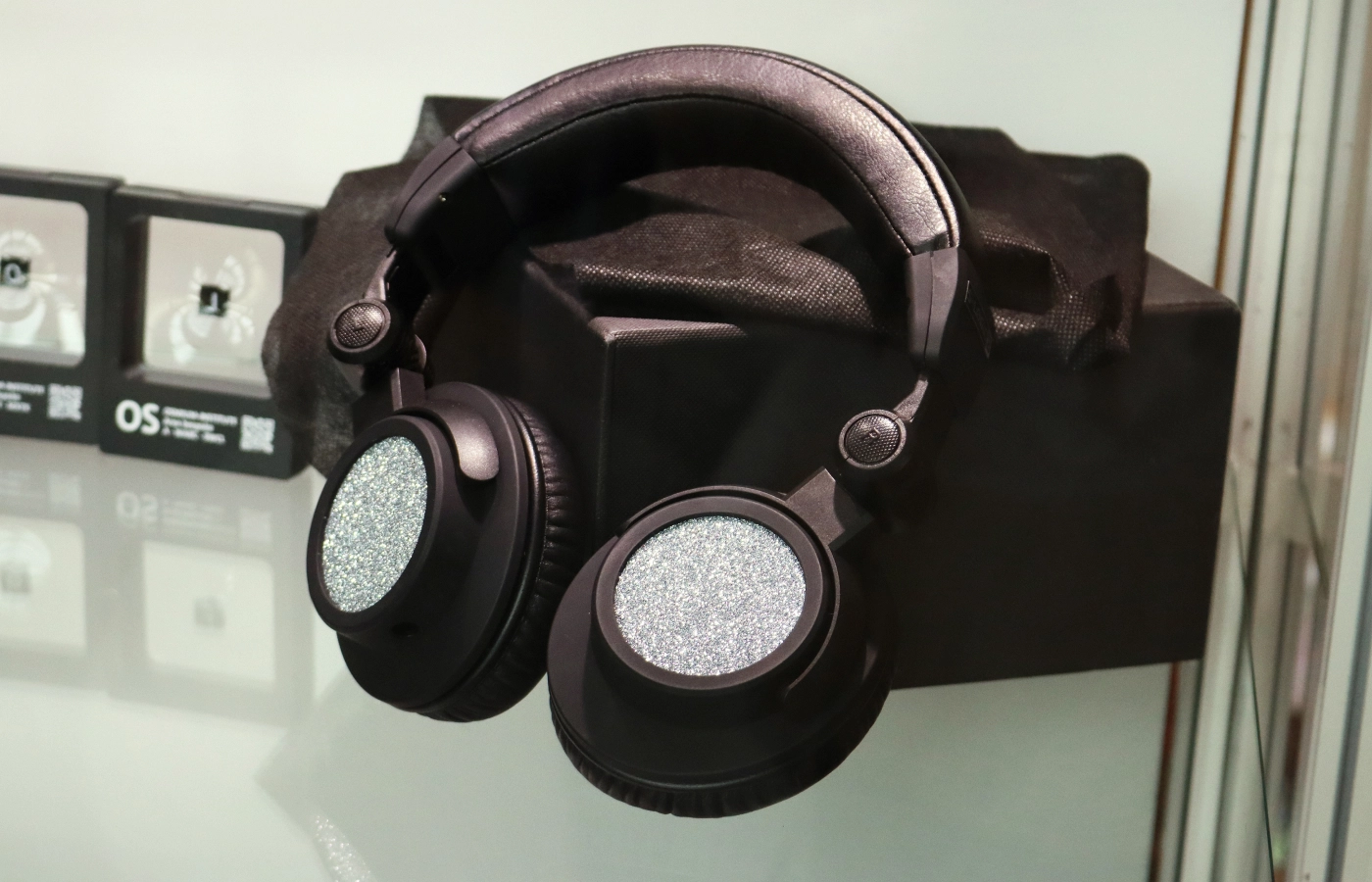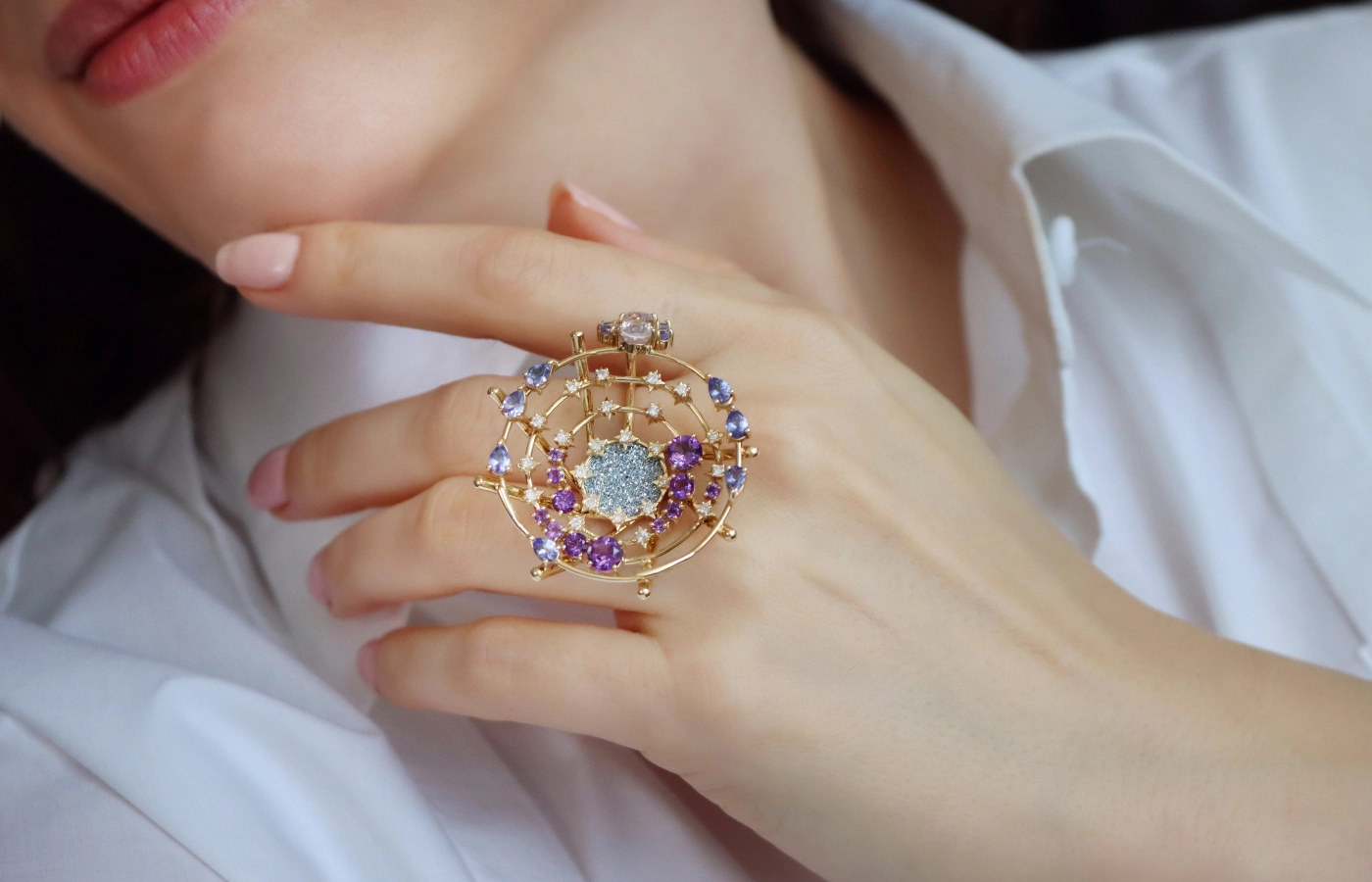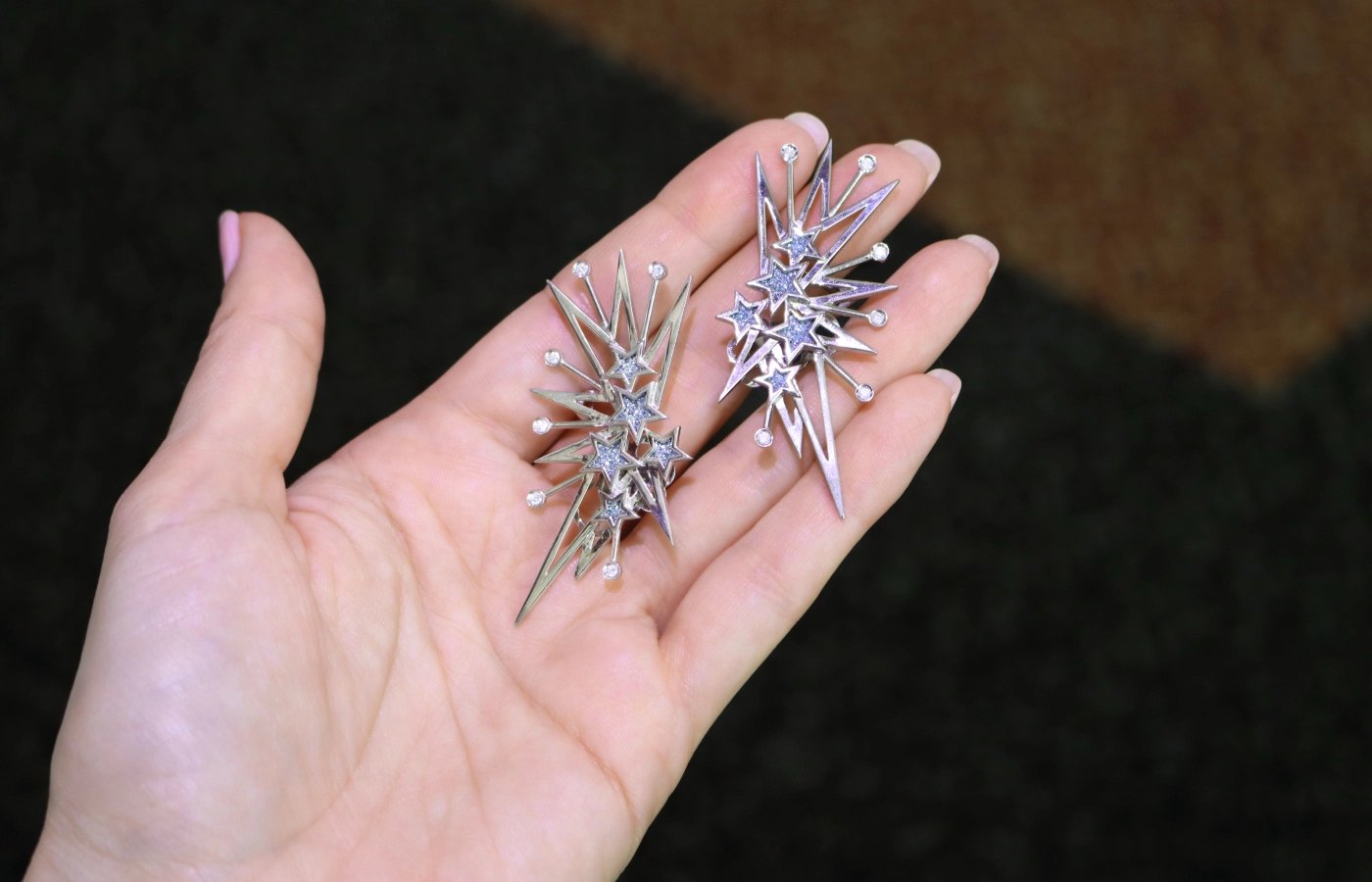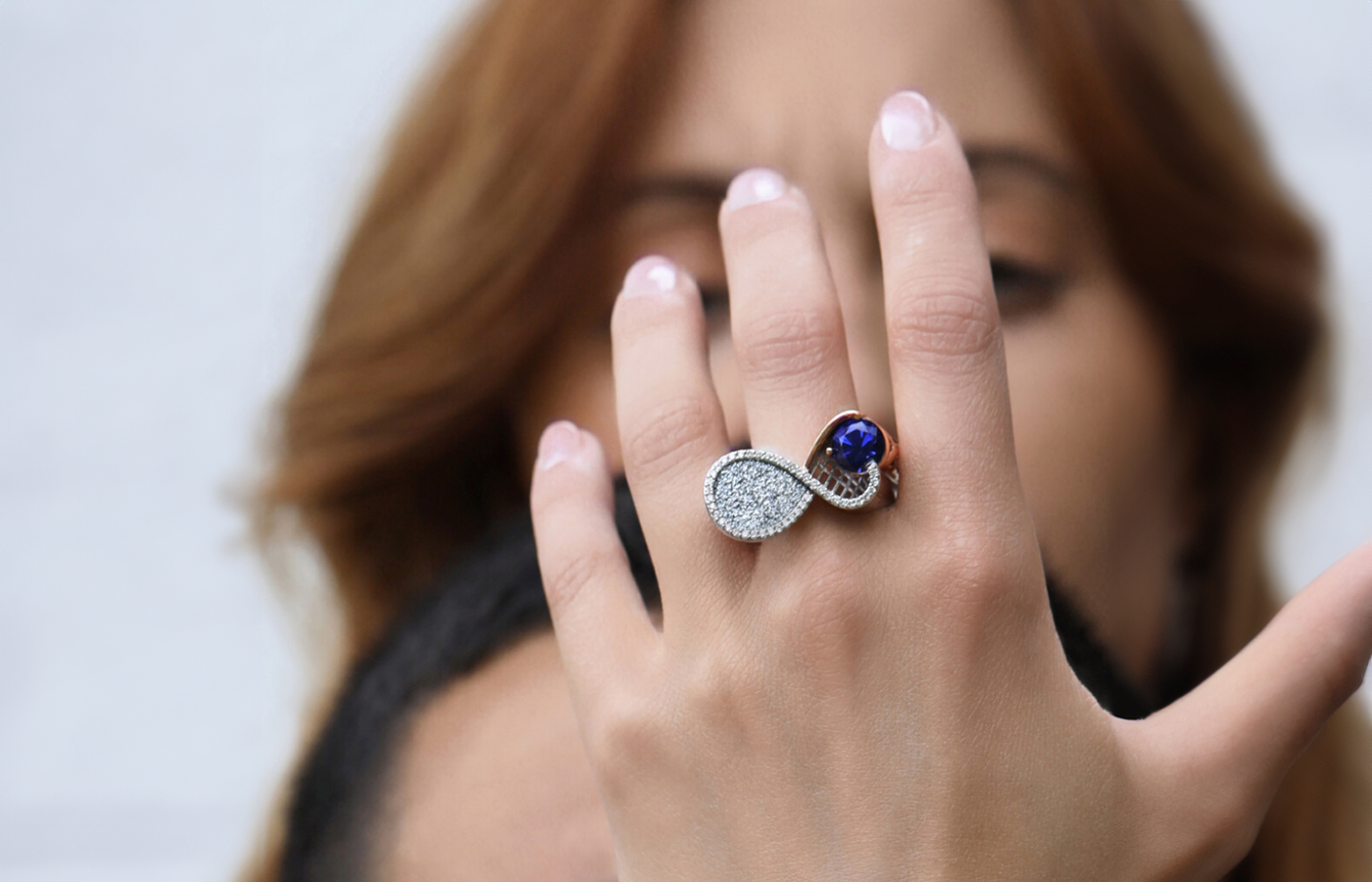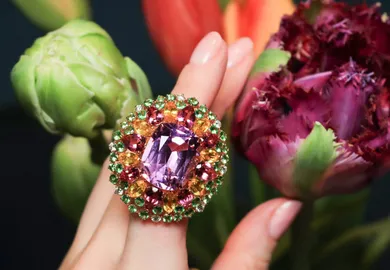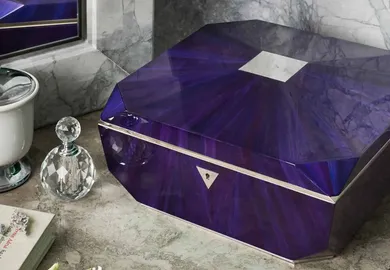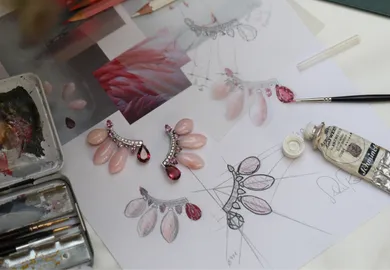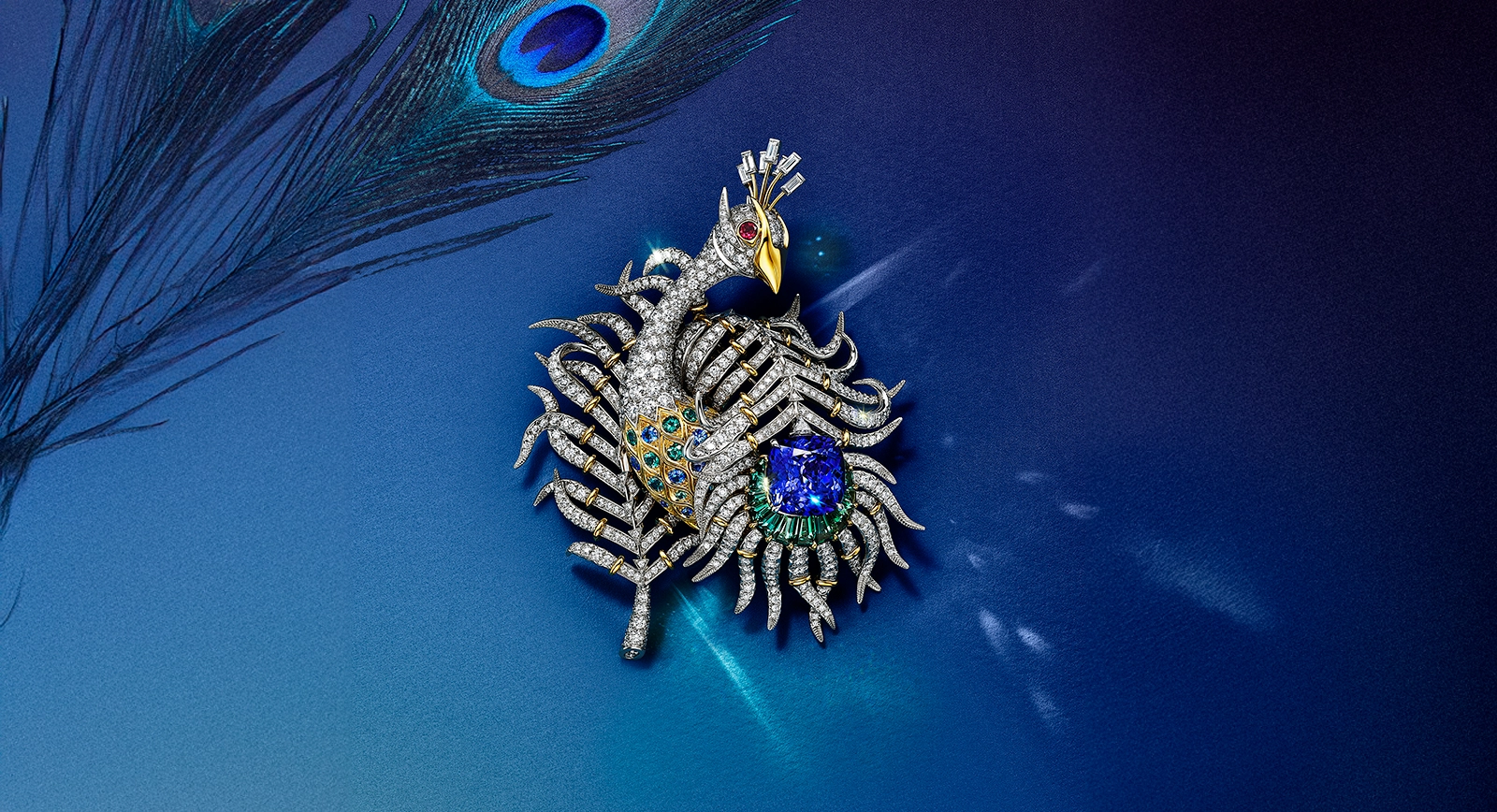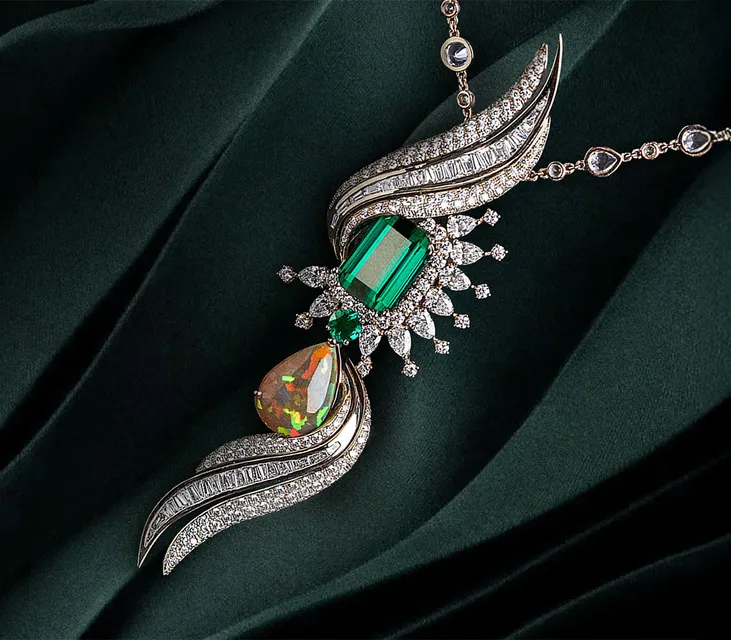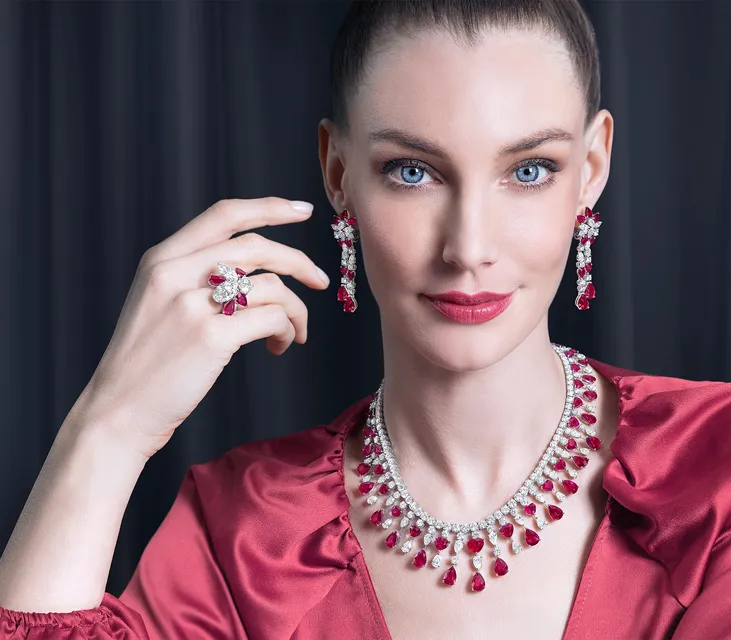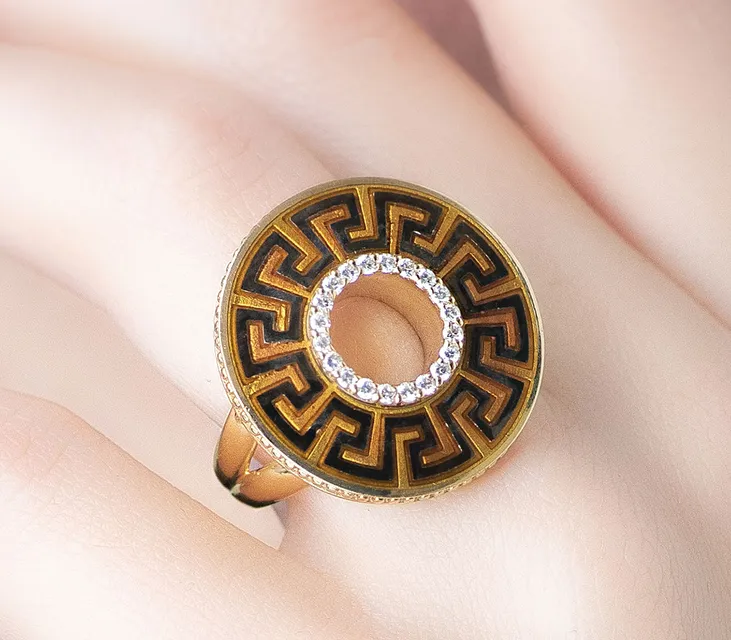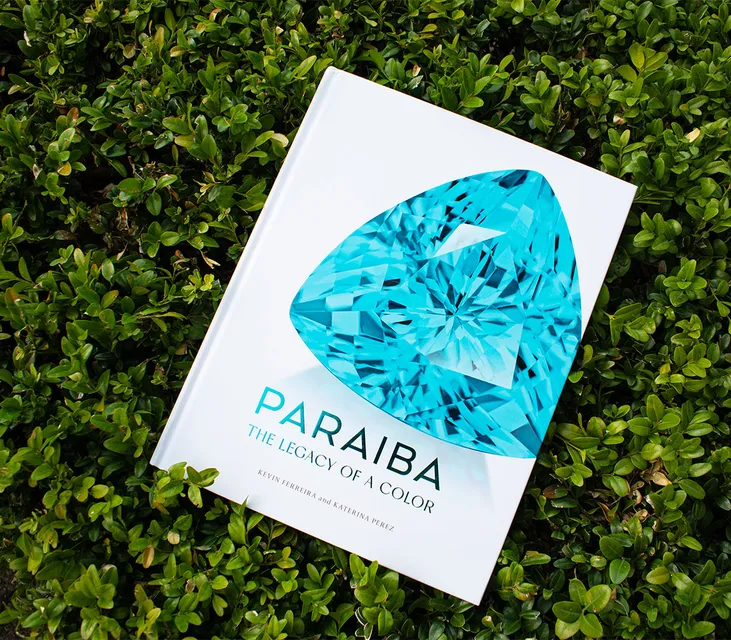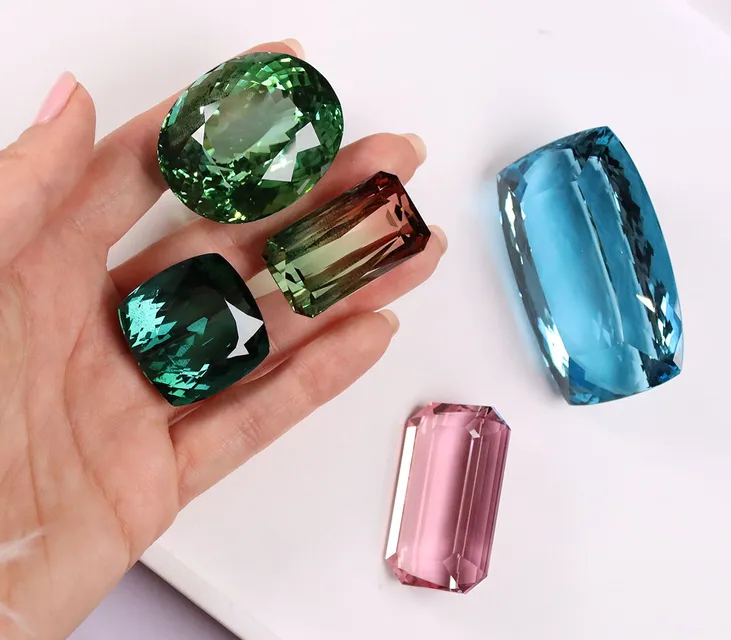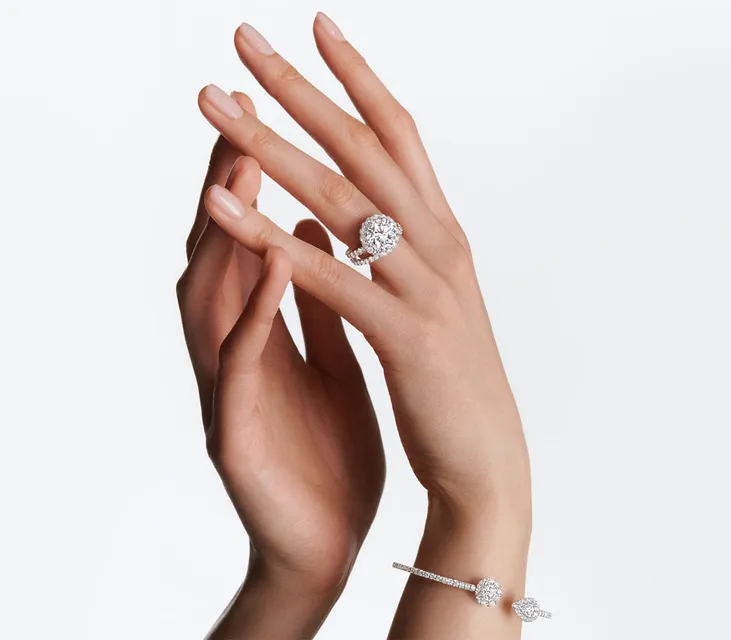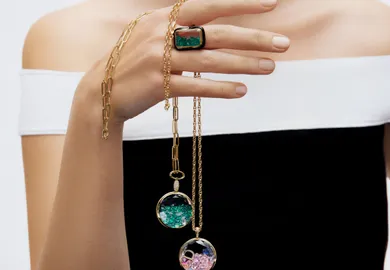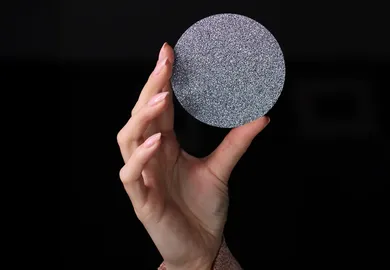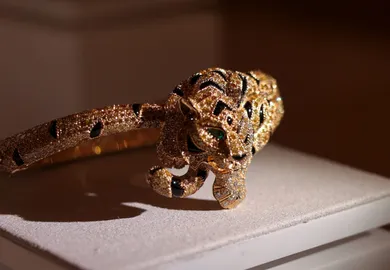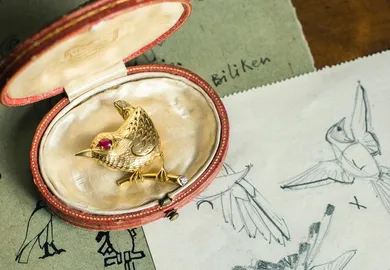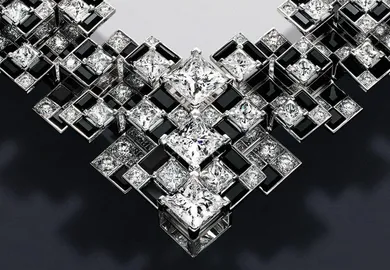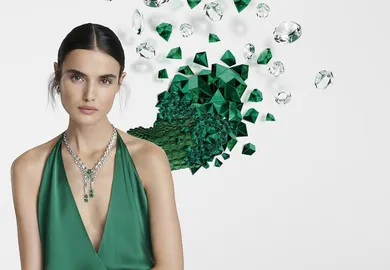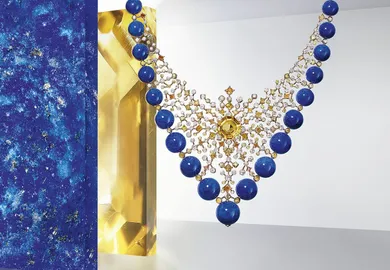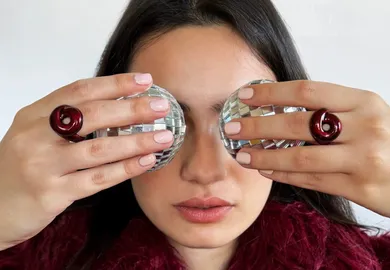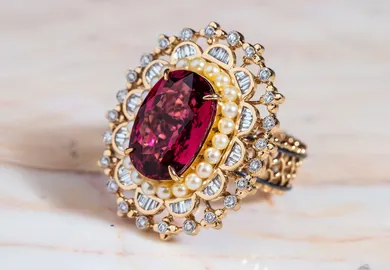
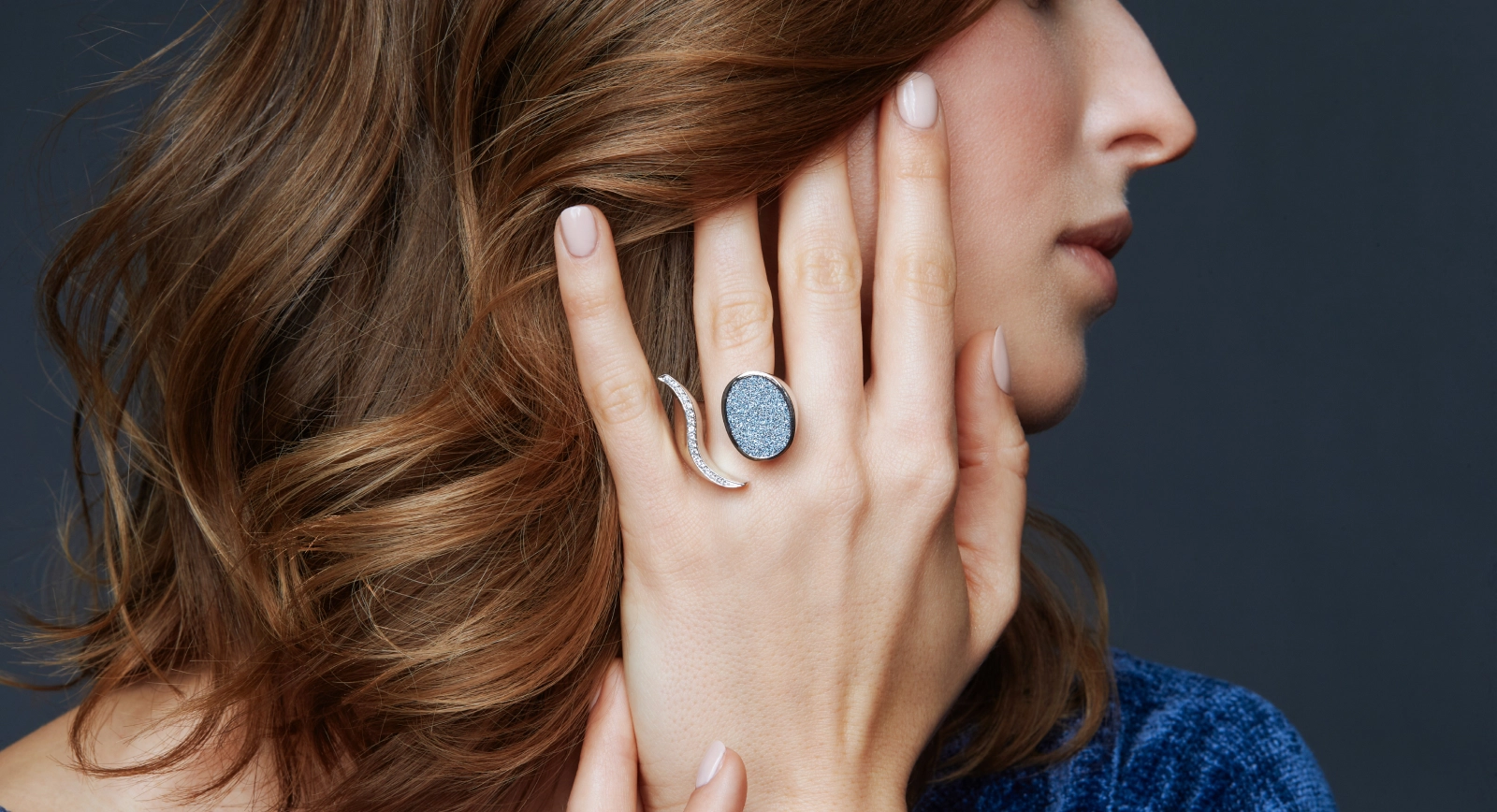
Crystalline Osmium: Discover the Rarest Precious Metal on Earth
Unbelievably rare, extremely valuable and 10,000 times more accurately identifiable than a human fingerprint: these are just some of the attributes of crystalline osmium, perhaps the world’s most exciting and unusual precious metal. With the support of the Osmium Institute in Germany, this incredibly special material is bursting onto the luxury jewellery and watch scene and intriguing artisans with its specific set of attributes. I caught up with Vice Director Scarlett Clauss at the Hong Kong show in September to discuss this “unforgeable metal” and see how it is being used as a spectacular inlay.
It would be impossible to get bored of gold and platinum, but that doesn’t mean a new contender can’t enter the field to shake things up! Osmium is the rarest precious metal on earth, and although you might not know it yet, it’s the luxury material of the future. As with any new jewellery material, osmium has already caught the attention of many jewellery designers who are still learning and experimenting with using it artistically. In Hong Kong, I saw a variety of already existing designs on display created by artists from across the globe (yes, I say artists and not jewellers because, in addition to rings, earrings and necklaces, I saw watches with Osmium dials, art objects, carvings incorporating this metal and even headphones!).
Crystallised osmium is a new high-end jewellery material that serves as an inlay, Scarlett Clauss explained in Hong Kong. It has a magnificent sparkle, especially in sunlight, and looks just like a gemstone or a diamond when set into jewellery.
What is Osmium?
Osmium is a chemical element that belongs to the platinum group of metals. When I came across it a few years ago at the InterGem show, I was instantly intrigued by the intense sparkle of osmium in its crystalline form. However, I kept hearing that regardless of its beautiful look, osmium is rather toxic. What these people likely didn’t know is that back in 2014, a process was perfected in Switzerland to purify osmium and change its physical and chemical structure to create a pristine crystalline form. Due to the structural changes, osmium loses its toxicity, and we’re left with a distinctive, sparkling, precious material that is – just like its raw form – dense, highly resistant to abrasion and able to reflect, in its crystalline form, almost 100% of sunlight. The market for osmium is overseen by the Osmium Institute, based in Germany, which ensures uniformity and quality control of all ethically sourced osmium as it is sold to investors in kind, collectors, jewellers and premium watch brands around the world.
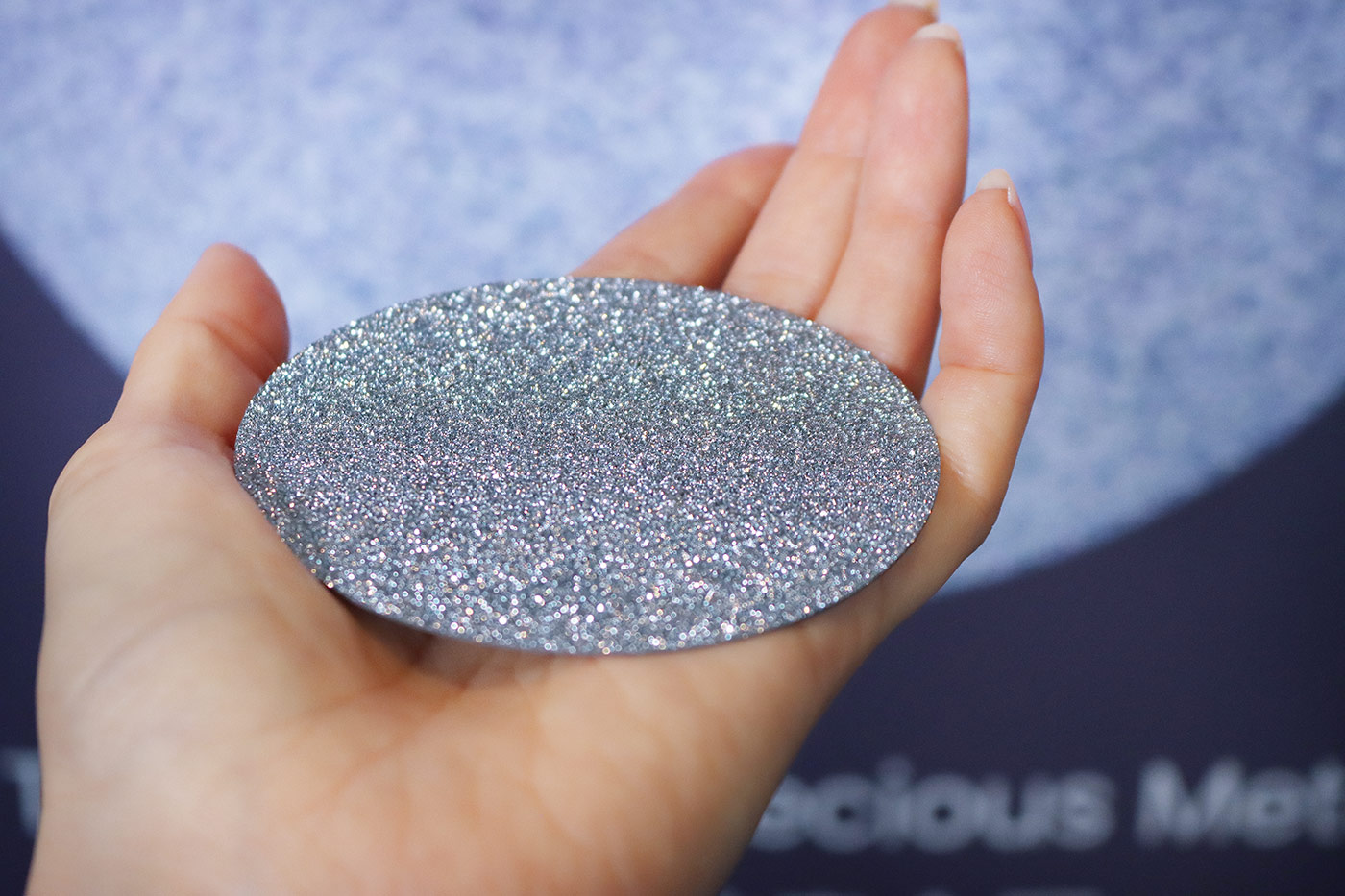
An investment grade disc of crystalline osmium, courtesy of the Osmium Institute
To buy Osmium, please visit: https://www.buy-osmium.com/
The Osmium Crystallisation Process
Taking something toxic and transforming it into something perfect for high jewellery is no easy task. So, the whole process is kept a secret. However, I think most jewellers are more interested in the results. During the crystallisation process, osmium takes on disc form with a flat surface. Even small imperfections, micro-holes and out-of-plane crystal spikes can impact its quality, so, to create flawless discs, the pieces have to undergo crystallisation several times. Each piece of crystalline osmium travels from Switzerland to the Osmium Institute in Germany, where it is inspected based on strict quality criteria, given a score for its level of sparkle, certified, weighed, measured and entered into the Osmium World Database. This is where the big differences between osmium and traditional precious metals start to reveal themselves. Firstly, osmium is not malleable and can’t be bent into shape. Secondly, its microscopic crystal surface can’t be replicated from sample to sample, which means each piece has its own unique topography, like a mountain range on a map or a fingerprint.
The Osmium Fingerprint
This fingerprint is important because it ensures clear identification. Let’s say you’ve purchased a piece of osmium as a future investment. The unique, three-dimensional microcrystal surface of this specific piece can be scanned and speedily linked to its Osmium Identification Code in the Osmium World Database and its rightful owner. The incredible nuances of this identification process mean that samples of osmium are entirely unforgeable – it is literally impossible to recreate the same piece! This rarity and uniqueness are what collectors and investors are tapping into.
Because of the security of the Osmium World Database, even the smallest pieces of counterfeit osmium would be impossible to create. This protects brands around the globe from cheap imitators, Scarlett Clauss.
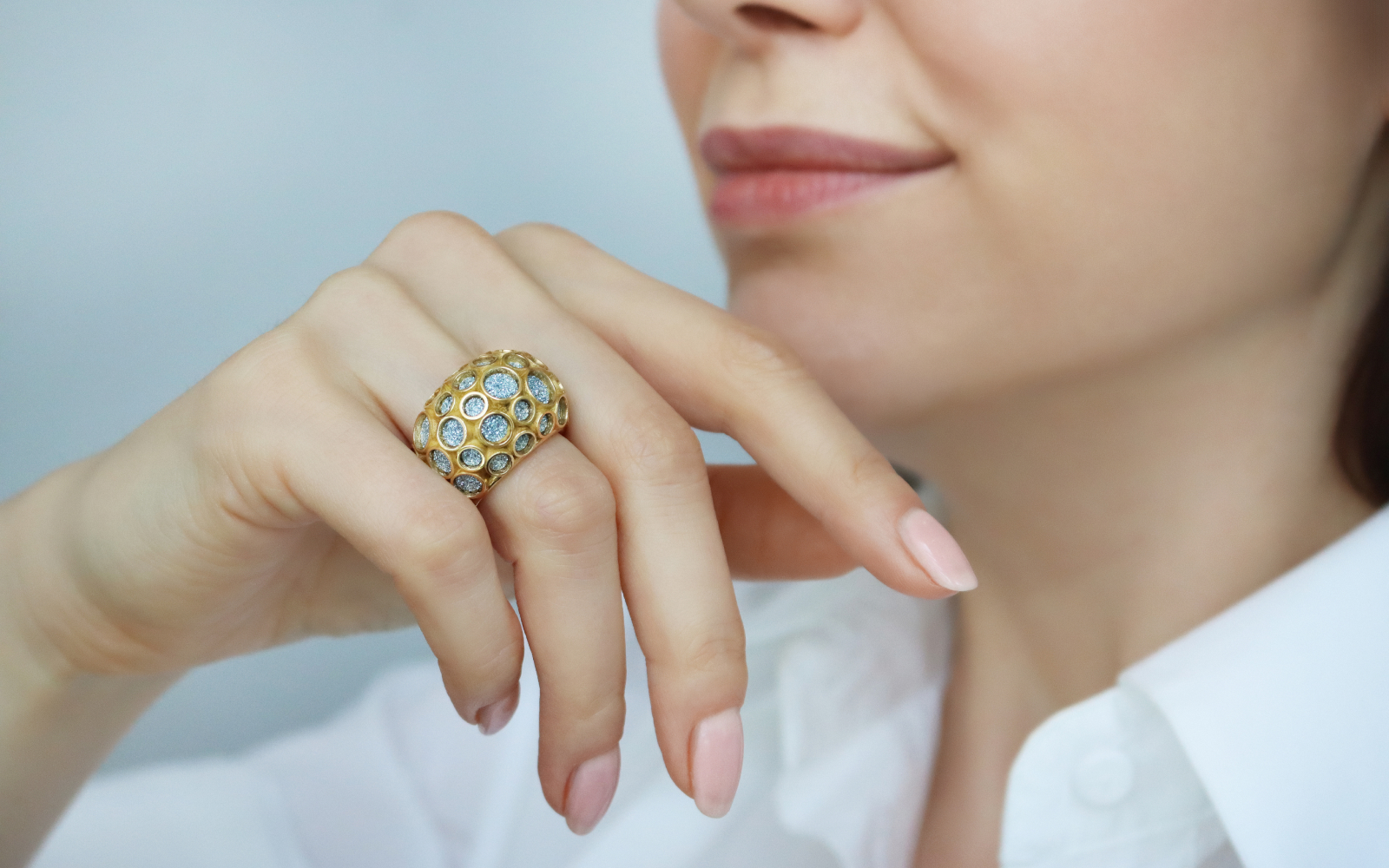
Katerina Perez wears the Lunar ring by Jorge Joias crafted with round discs of crystalline osmium
The Unforgeable Metal
So, we know what you’re thinking. How can an inflexible crystalline precious metal be used in luxury jewellery and watches? Consider it the next-generation inlay material that can be used similarly to hardstones like malachite, lapis lazuli, and onyx. However, unlike these minerals, osmium has incredible sparkle, reflectivity and brilliance, which is why small pieces are nicknamed ‘osmium diamonds’. These can be used like futuristic pavé or as small, repeating geometric shapes in place of more commonplace materials like mother of pearl. Despite being inflexible, crystalline osmium can be cut into almost any possible shape and set like a traditional gemstone.
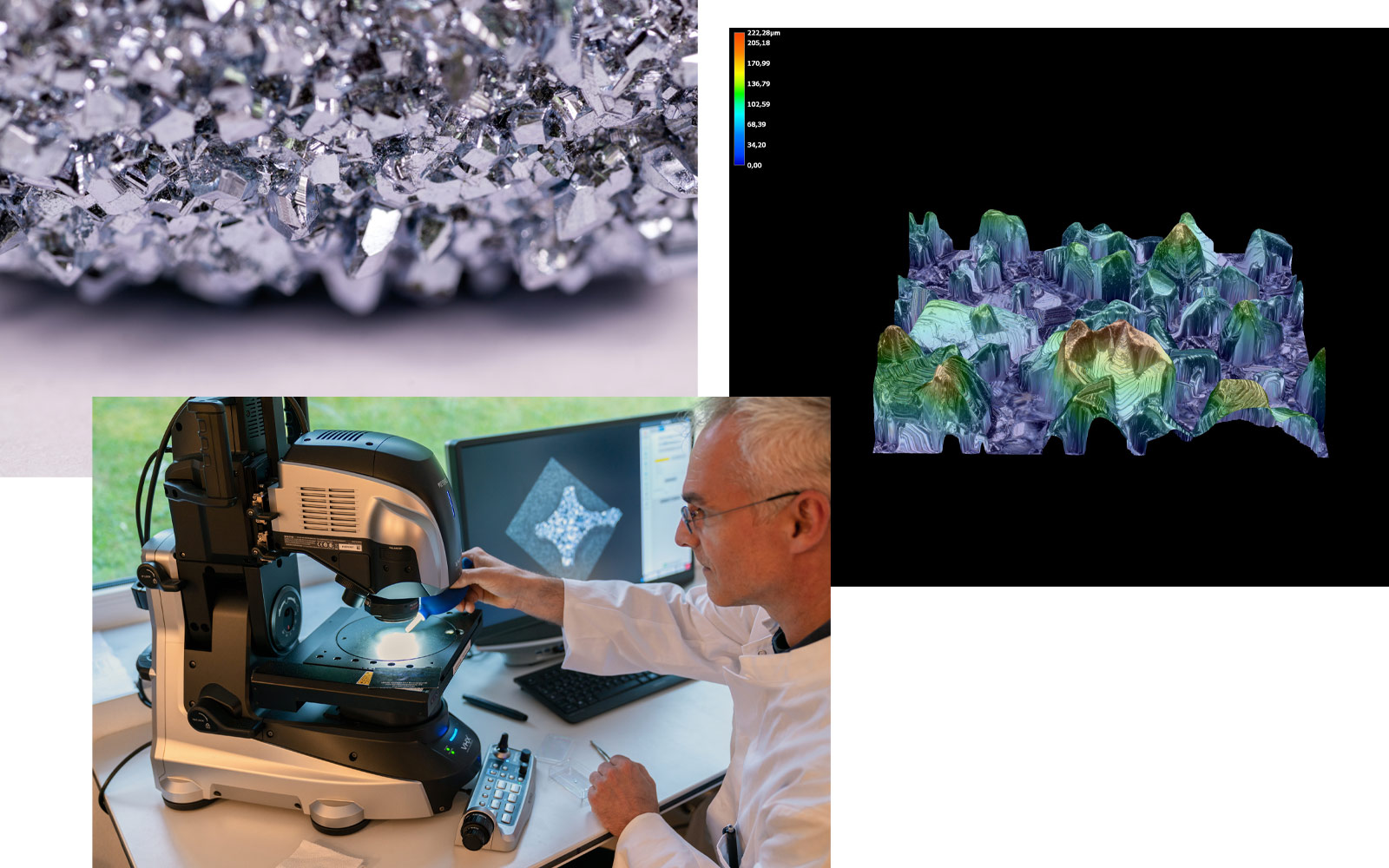
The osmium certification process in action
Richard Reis, the Osmium Institute’s Country Manager for Portugal and Belgium, tells us that big Swiss brands like Ulysse Nardin and Hublot were among the first to use osmium in their watch dials about a decade ago. Since then, jewellers have started using osmium in a range of designs, from simple letter pendants to more complex and creatively ambitious pieces.
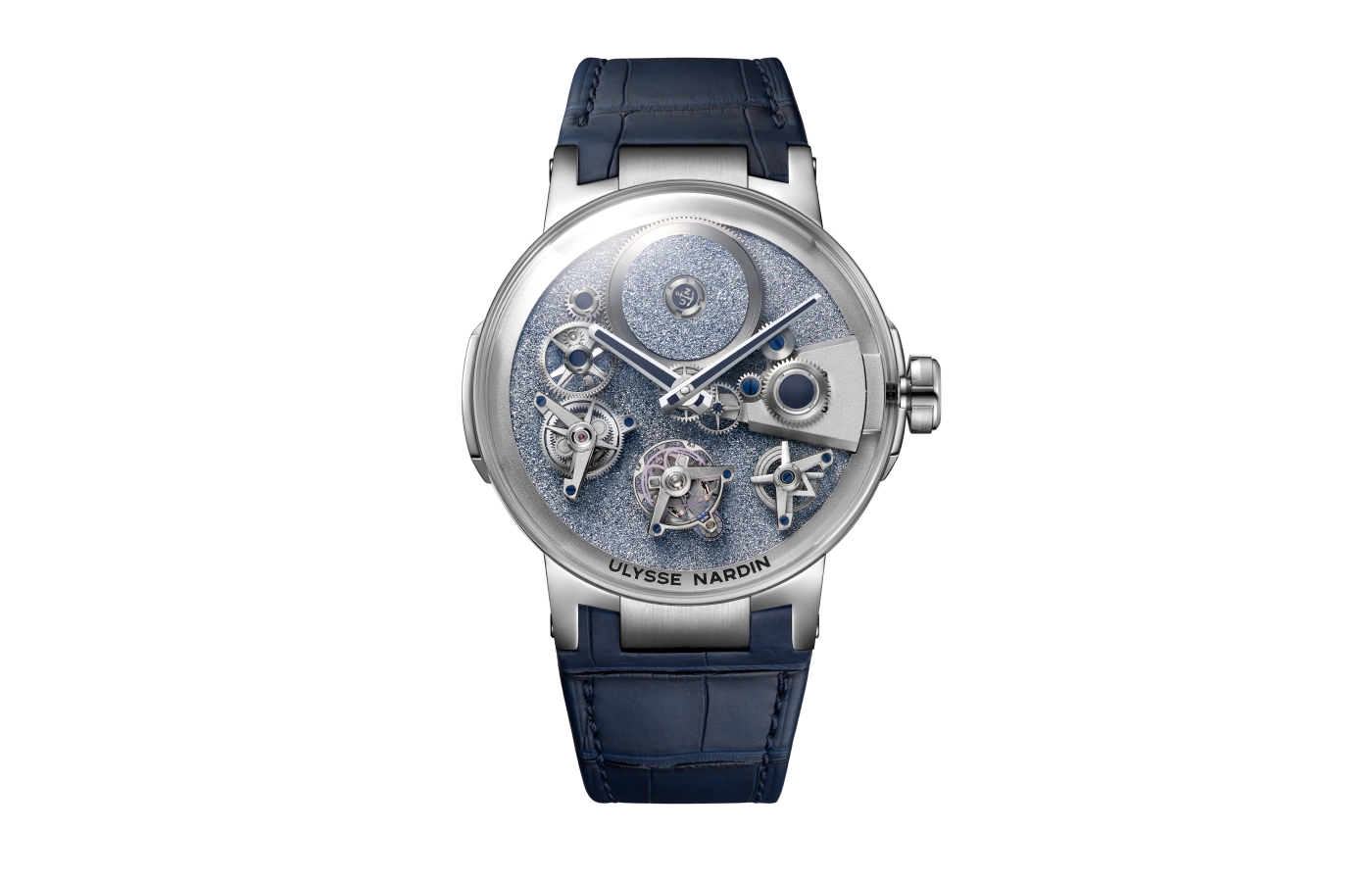
Ulysse Nardin Executive Tourbillon Free Wheel Osmium watch with an osmium dial, white gold case, sapphire crystal glass and a blue alligator leather strap
While in Hong Kong I had a chance to try on various designs created by jewellers from all over the world. One of the standout pieces was the ‘Supernova’ ring by the Brazilian designer Anthony Garcia, who says that ‘osmium makes jewellery more of an artistic work, adds exclusivity and mystery to the jewels. Rose Duque also found inspiration in celestial bodies in the Rockstars statement earrings while Myriam Soseilos created an Aqua Wave ring with a pear-shaped osmium inlay complimented by a sapphire and diamonds.
What’s most exciting about osmium’s entrance into jewellery is the implications for high jewellery. International maisons and brands are striving for uniqueness to stand out from others, so the rarity and unrepeatability of osmium make it the ideal ingredient. High-net-worth clients can be presented with not only a one-of-a-kind piece of jewellery art but also a certificate of authenticity for the osmium it contains. When combined with GIA certificates for important diamonds and Gübelin certificates for important coloured minerals, this could make a piece of jewellery truly outstanding.
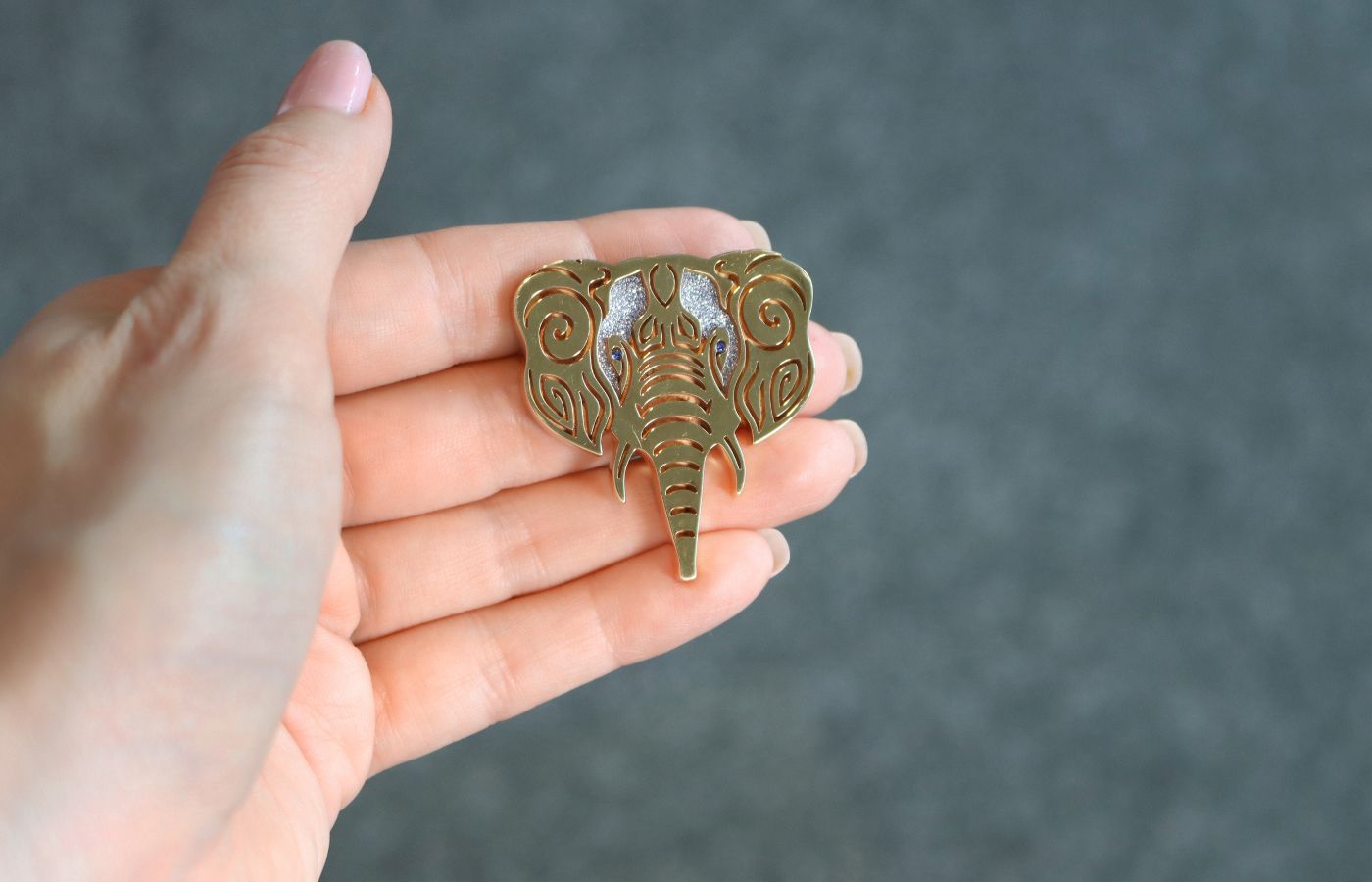
La Spilla “anima pura” brooch in the shape of an elephant with inlaid osmium, blue sapphires and 18k champagne gold
A Global Osmium Industry
The Osmium Institute has satellite institutes that are located all around the world. With these foundations in place, there’s every possibility that you will start seeing more of this unusual metal at trade shows across the world and in the collections of leading jewellers. Investors are purchasing osmium to diversify their asset portfolios, too. Imagine this hyper-rare metal alongside gold, platinum, investment-worthy diamonds, important sapphires, emeralds and rubies… now that’s something to lock away the vault! The reason there’s so much excitement around osmium right now has to do with its value appreciation. According to Richard Reis, its price has steadily climbed from around €500 per gram to approximately €1,500 per gram since its market introduction in 2017. Some savvy investors are purchasing pieces for their children, who can inherit the osmium when they turn eighteen.
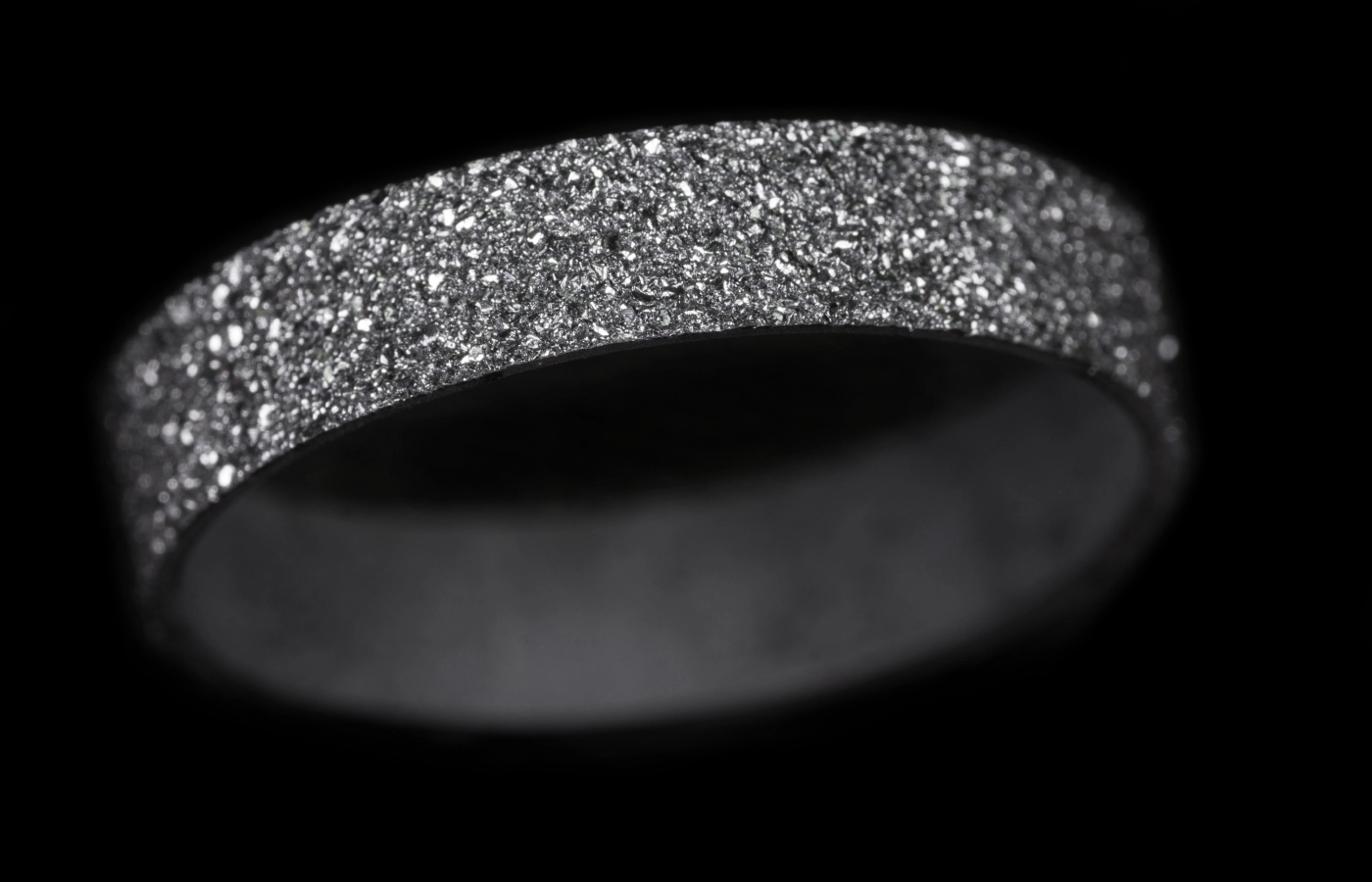
A ring crafted with crystalline osmium, courtesy of the Osmium Institute
If all this talk of crystalline osmium has sparked your fascination for rare precious metals, now’s the time to order your own piece of this rare metal from the Osmium Institute or its international branches. This organisation has purchased all the raw osmium available from ethical sources, with the total amount in the low hundreds of kilograms. As a result, Reis describes 2024 as the much-anticipated “big bang” year because “we are running out of osmium to be crystallised”. If this is indeed the metal of the next generation, then there’s only a finite amount of time to get in on the action and you should hurry.
To buy Osmium please visit https://www.buy-osmium.com/

WORDS
Katerina Perez is a jewellery insider, journalist and brand consultant with more than 15 years’ experience in the jewellery sector. Paris-based, Katerina has worked as a freelance journalist and content editor since 2011, writing articles for international publications. To share her jewellery knowledge and expertise, Katerina founded this website and launched her @katerina_perez Instagram in 2013.
Related Articles
Latest Stories
Add articles and images to your favourites. Just

Legacy of Love:The Dreamlike Jewels of Emirati Designer Mariyeh Ghelichkhani
During our meeting in Dubai, we spoke about the importance of family, the sweetness of finding joy through creativity, and the ability to translate dreamy visions and deep feelings into wearable pieces…
Jewels Katerina Perez Loves
Continue Reading
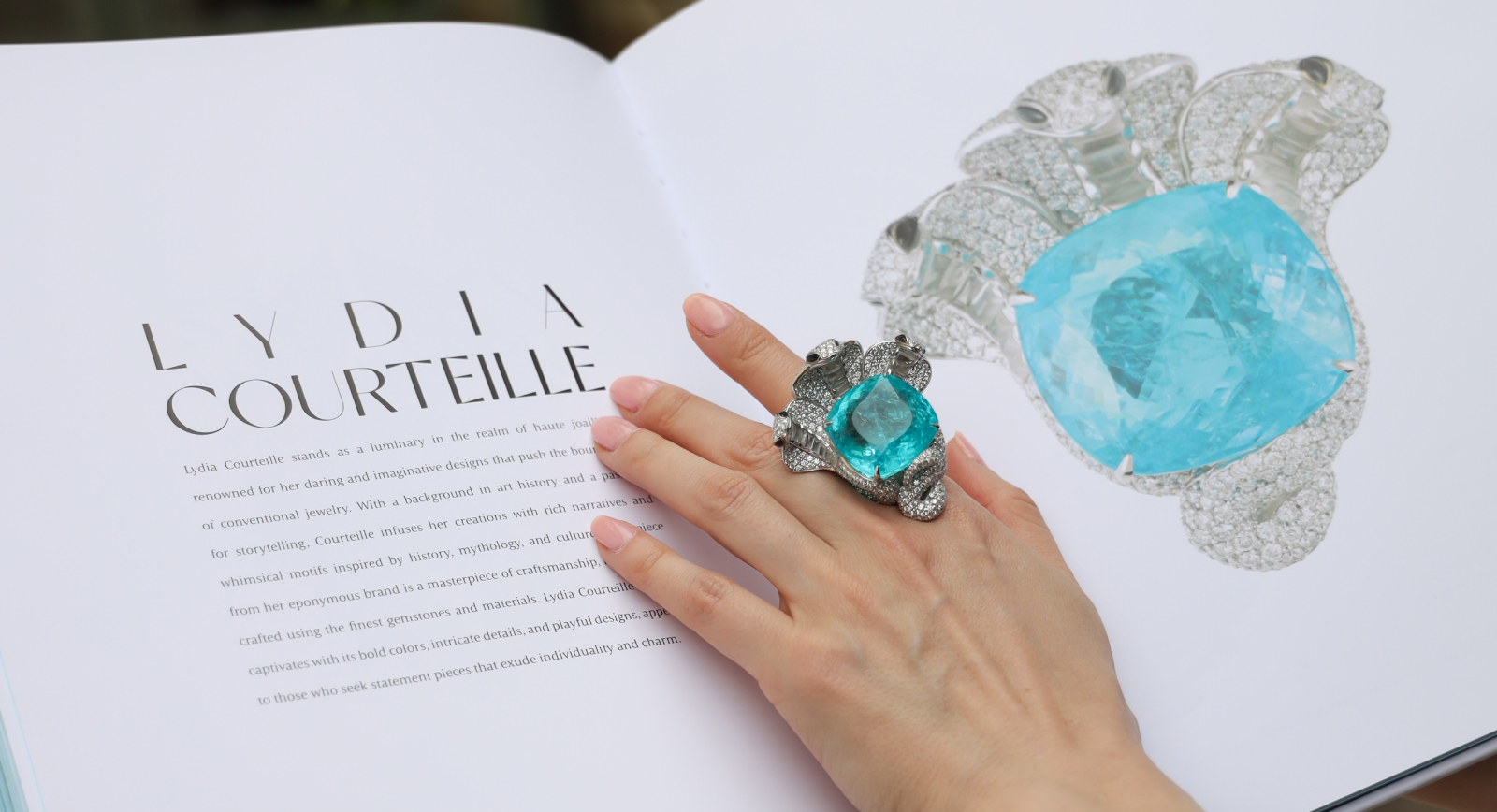
Writing Adventures:Co-Authoring the Book
Paraiba: The Legacy of a Color
Brand Focus: Cartier
Jewellery Insights straight to your inbox
